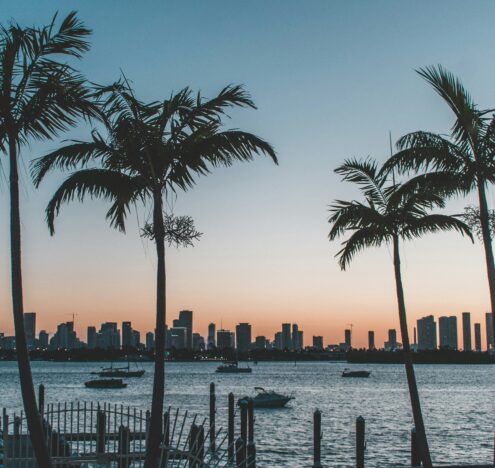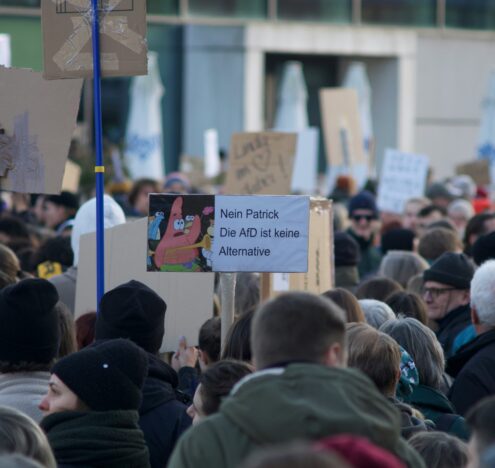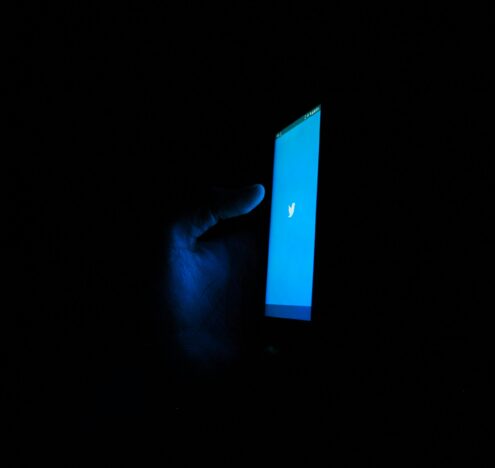Hilary Matfess’s study opens by asking what, exactly, it means to be in love during wartime. The study, “In Love and at War: Marriage in Non-state Armed Groups,” is part of a Cambridge’s series called Elements in Gender and Politics. Matfess found that “whether rebel groups commit themselves to marriage, bar it entirely, or reinterpret the ceremonies and practices associated with marriage, their decision has important implications for both the rebel organization and individual members.” Rebel marriages, Matfess writes, “are an under-appreciated driver of gendered conflict and post-conflict dynamics.”
Matfess’s study is an academic work, but she acknowledges that it was shaped by her own experience of getting married one week after submitting her dissertation. “Getting married meant navigating formal requirements imposed by the state and informal expectations levied by family and friends,” she writes, continuing: “Though the insecurity and militarization that characterize rebel marriages are not present in most civilian marriages (including my own), the institution of marriage itself carries with it questions about gender roles and norms and, in the case of heterosexual marriage in particular, women’s role in society.”
Matfess’s work contributes to the literature in four ways: by providing an analytical framework “for understanding how and why rebel marriage systems vary between and within groups over time, as well as the implications of these changes for women’s lives”; by introducing the concept of “the other DDR,” or depoliticization, distrust, and reclamation, which can emerge as a response to rebel marriages after the war alongside the original DDR (disarmament, demobilization, and reintegration); by calling to consider dynamics of love and care that emerge during wartime; and by taking seriously women’s lives and experiences.
Matfess also considers that, beyond organizational repercussions, the impact of wartime marriages have individual consequences and long legacies. “These legacies can manifest in forced and voluntary marriages, as well as in those unions that continue into the postwar period and those that are terminated shortly after (or during) the war.”
This can be true even if the marriage was coerced. How a marriage originates, Matfess writes, does not necessarily dictate how spouses experience it. “These legacies can manifest in forced and voluntary marriages, as well as in those unions that continue into the postwar period and those that are terminated shortly after (or during) the war.”
Divorces can represent “a sharp break from wartime patterns, where women were lauded for taking on traditional male tasks and defying gender norms.” And this is to say nothing of the stigma faced by former rebel wives.
Matfess considers a range of cases, including the Tigray People’s Liberation Front, the Communist Party of Nepal – Maoists, and the Islamic State of Iraq and Syria. “By providing a comparative account of rebels’ regulation of marriage during wartime and the post-conflict implications of these relationships,” Matfess writes, this work “is intended to spur further comparative research into rebel marriage systems and their implications for women’s experiences during and after war.”
Matfess concludes by hoping this leads to “further interrogation of the nature of being in love and at war.”





















